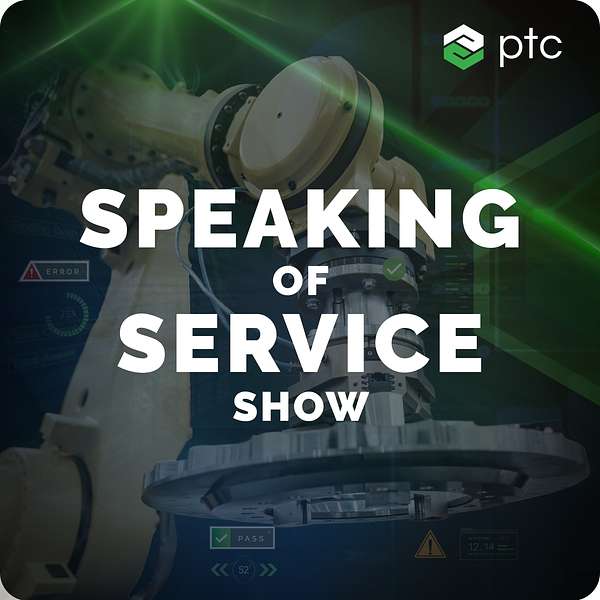
Speaking of Service
Speaking of Service uncovers practical ways to grow service revenue, control costs, and improve customer satisfaction. If you’re looking to innovate, gain a competitive edge, or just learn about the latest service trends, you’ve come to the right place! Also check: www.ptc.com/speakingofservice
Speaking of Service
Faster Time to Value for a Smart Connected Products Strategy
Read Lora´s Blog: Service Your Products Better with a Connected Strategy
You made the business case for a smart connected products strategy, to transform field service or to support a new, digital business initiative. Delivering the necessary performance requires a short “time to value”, particularly in an environment of rising interest rates. That means that industrial IOT technology implementations must be as simple and quick and that the ongoing “total cost of ownership” is as low as possible—both necessary to ensure hitting the required program ROI.
Learn how aftermarket business teams create smart connected product strategies and are achieving those goals today, all the while, growing margins and making the best use of resources.